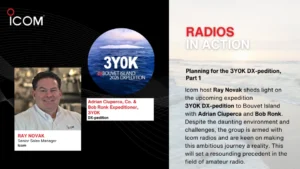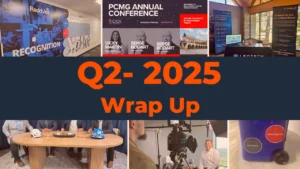Building Bridges in Energy: Collaborative Efforts Will Integrate Public and Private LTE Networks for Grid Modernization
As the demand for more robust and resilient power grids intensifies, utilities increasingly combine public and private LTE networks. This strategic shift is essential for meeting the complex requirements of modern power grids and ensuring reliable energy distribution. The collaboration between telecommunications companies and utility providers is now more critical than ever to bridge the gap between these two types of networks, paving the way for significant advancements in grid modernization. The urgency of this integration stems from the need to enhance grid functionality and resilience against various challenges, such as climate change and growing urban populations.
What does this mean for the future of energy distribution, and how can utilities effectively merge public and private LTE networks to achieve their modernization goals?
As part of an Experts Talk discussion on grid modernization, Nick Tumilowicz, the Director of Distributed Energy Management Products at Itron, addressed the importance of collaboration in integrating public and private LTE networks.
Tumilowicz offered a succinct exploration of the strategic integration of LTE networks within the utility sector. His insights emphasize the necessity of crafting a seamless operational framework that benefits all stakeholders involved in energy management.
Here are the key takeaways from his analysis:
- Flexibility is Key: Utilities must embrace flexibility in adopting both public and private LTE to meet diverse operational demands and ensure service reliability
- Building the Right Bridges: Developing effective partnerships between telecommunications and utilities is crucial. These collaborations are foundational in constructing the infrastructure needed for advanced grid modernization
- Customer-Centric Benefits: The integration of these networks should focus on optimizing costs and improving service delivery, ultimately benefiting the end consumer
- Long-Term Vision: While the integration process might be gradual, maintaining a long-term perspective is essential for achieving the desired outcomes in grid resilience and efficiency
- Collaborative Efforts: The success of grid modernization heavily relies on the collective efforts and cooperation of all partners involved, from utility companies to telecom operators
Article by James Kent









